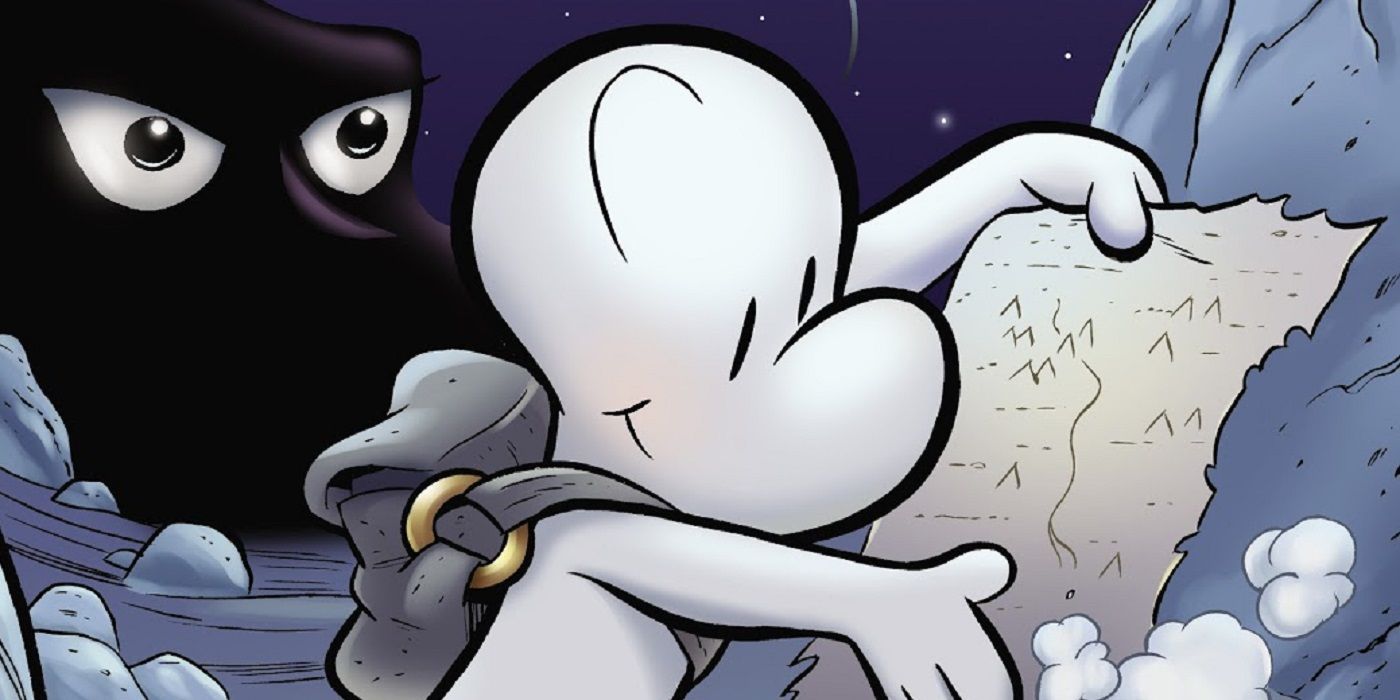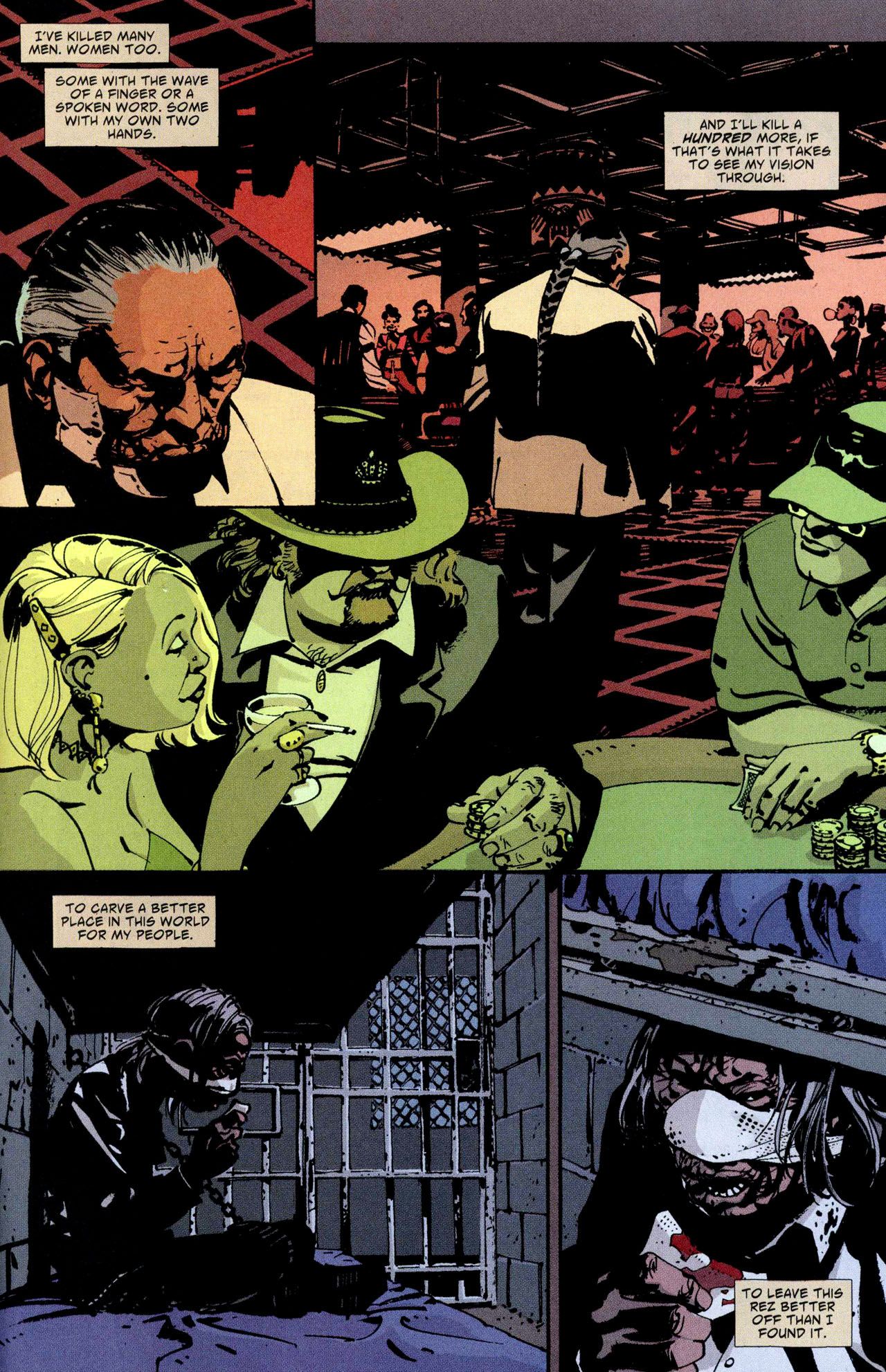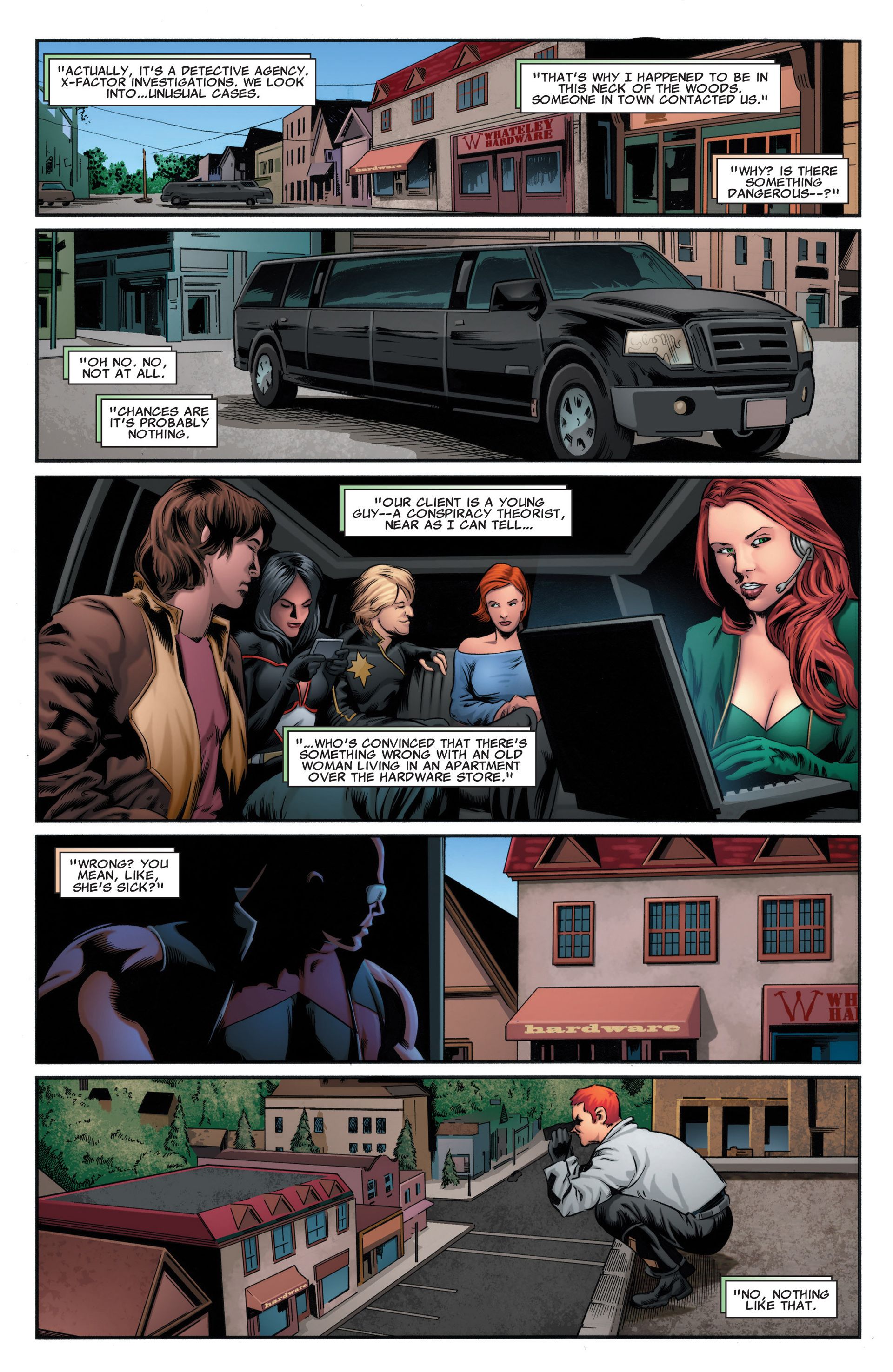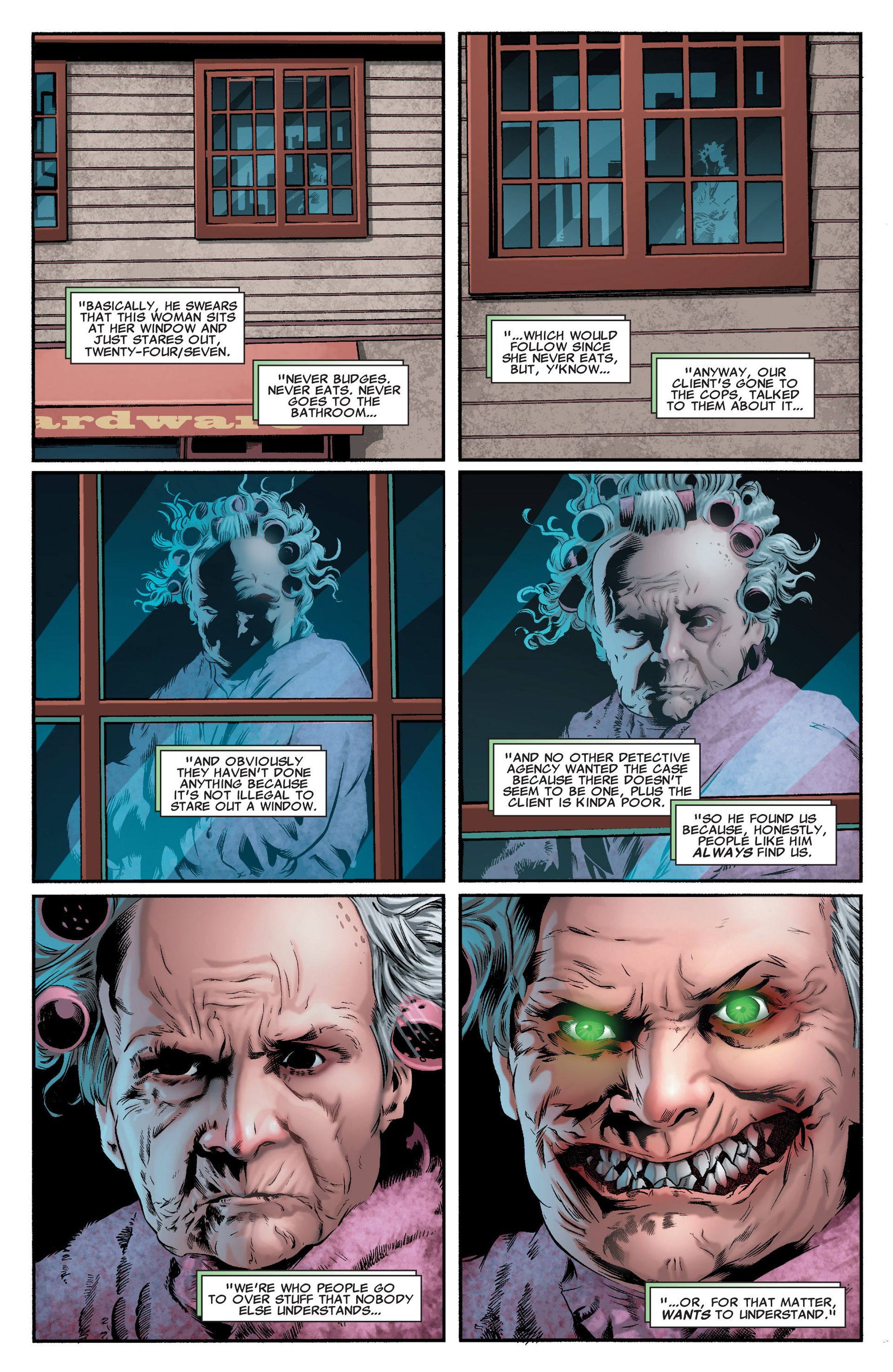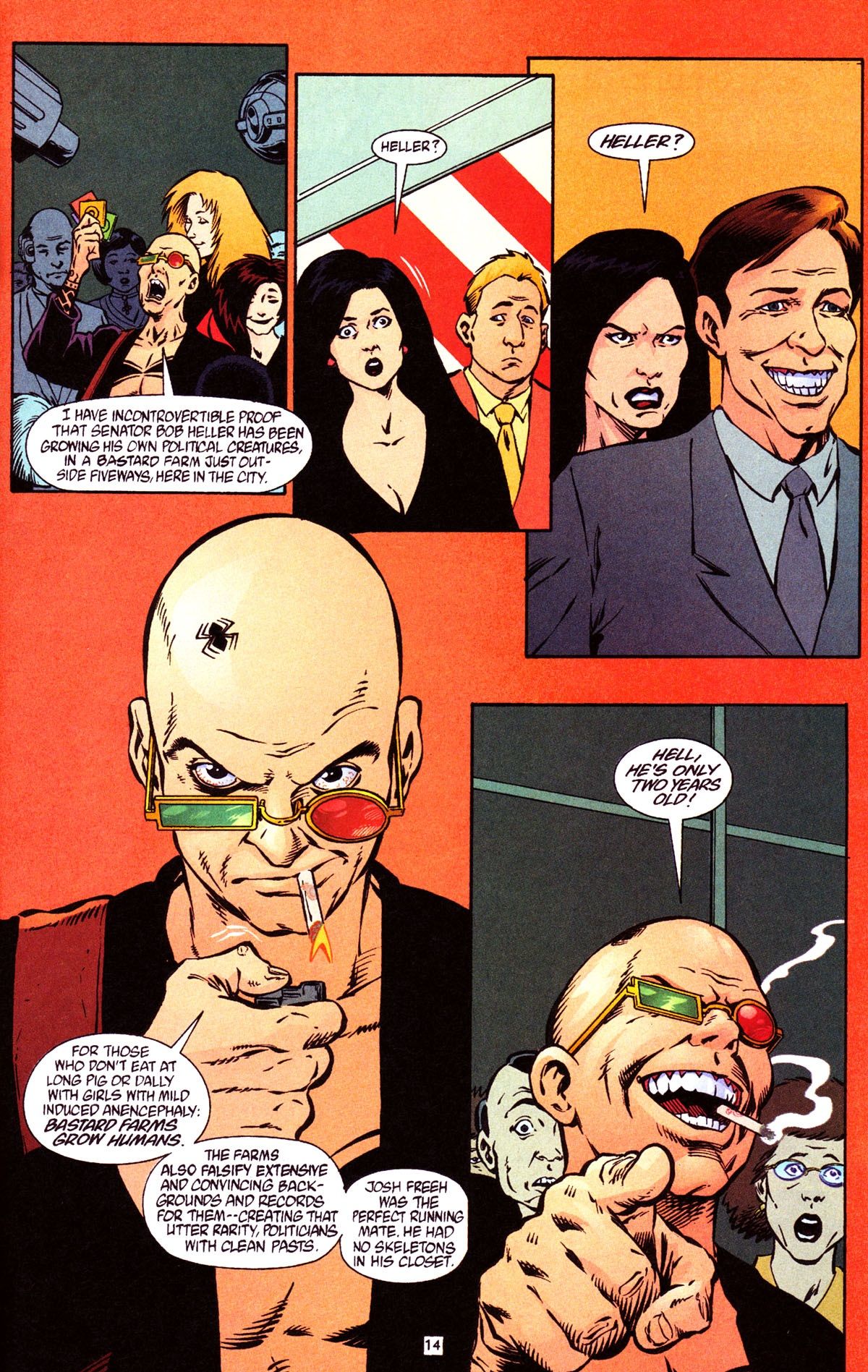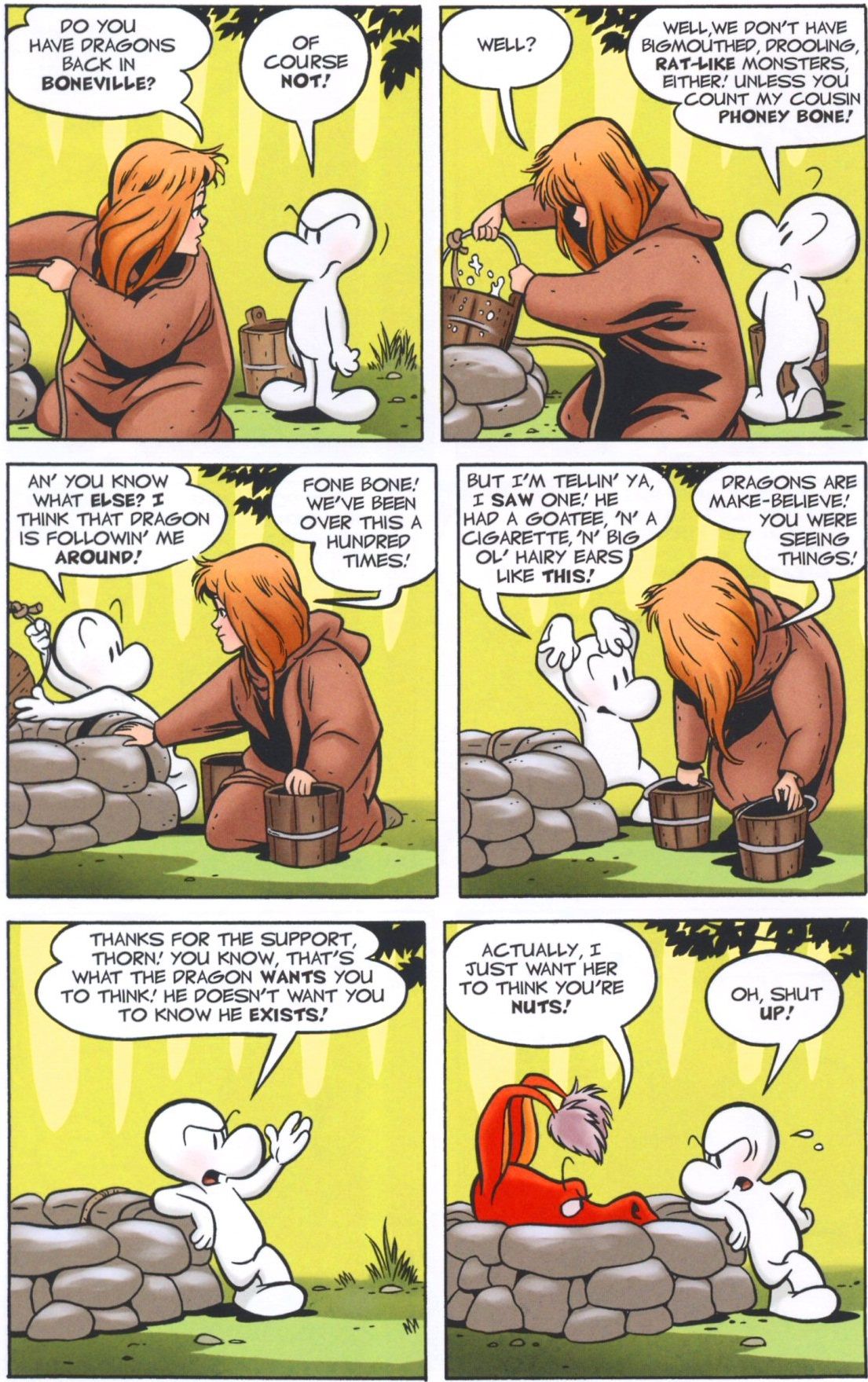You voted, and now, after over 1,000 ballots were cast (precisely three more ballots cast than four years ago), here are the results of your votes for your favorite comic book creator runs of all-time (this is the FOURTH time we've done this countdown. We're on an every four year schedule)! I'll try to post a new installment every day for the rest of the countdown.
To recap, you all sent in ballots ranking your favorite runs from #1 (10 points) to #10 (1 point). I added up all of the points and here we are!
44. Jason Aaron and R.M. Guera's Scalped – 296 points (3 first place votes)
Scalped #1-60
Scalped was a brilliant crime drama from Jason Aaron and R.M. Guera that told the story of an FBI agent named Dashiell Bad Horse who is sent undercover in the reservation that he grew up in to take down the chief of the reservation, Lincoln Red Crow.
Scalped was a character-driven work, and one of the ways "Scalped" let the characters drive the narrative was continually playing various characters against each other and in and out of various roles. Does character A belong in this box or this box? Where each of the characters end up from the start of the series is at first glance quite surprising, but the more you learn about these people the more their final decisions make sense. It is a great testament to Aaron’s skills as a writer that he naturally evolved all of these characters and gave them such great depths that all of their decisions were well within their respective character arcs.
Clearly, the most important relationship in the series is that between Lincoln Red Crow and Dashiell Bad Horse.
Red Crow is likely the most fascinating character in the series. Here’s a great moment where he gets introspective about just who Lincoln Red Crow IS (as he realizes he cannot accept the responsibility to watch over the soul bundle of the woman that he loved, which would have required him to forgo killing for a year)…
Guera’s a brilliant artist, as his noir art style perfectly evoked the feelings Aaron was going for in each issue. Aaron was lucky to have a nunber of good fill-in artists, as well. Plus, Jock and John Paul Leon KILLED it on the covers of this series.
Much like Garth Ennis, Aaron’s talents in this series lie in getting you to become invested in these characters so that when the screws are turned on them you have a visceral reaction. Scalped has some of the most haunting stories. Like the tale of Red Crow’s daughter and her sad, dark relationship with Dashiell. Or the poignant, heartbreaking plot of “Dead Mothers” (the scene of a group of siblings instinctively tearing up the hamburgers given to them by some police officers because that’s how they have learned to get by living with their crack addict mother is disturbingly realistic – their reaction when they realize that they EACH get a hamburger is startling). This is not a series for the faint of heart, but if you want interesting stories that all build on the stories that precede them, great characters, strong relationships and intriguing plot twists - then this is the series for you.
43. Peter David's second run on X-Factor – 314 points (9 first place votes)
Madrox #1-5, X-Factor (Vol. 3) #1-50, #200-262
Peter David proved Thomas Wolfe wrong when he returned to X-Factor over a decade after he initially left the series. In an acclaimed mini-series starring Jamie Madrox, David re-envisioned the Multiple Man as a private detective. In addition, a new twist to his powers was introduced, which was that each of his duplicates now had their own personalities. At the time, the mini-series (which was quite good) seemed like it was designed to spin into a possible ongoing series, but I know I certainly didn’t think anything would ACTUALLY come of it (although I hoped it would). Well, I was wrong as the series actually spun off a brand-new "X-Factor" series, starring Madrox as the head of X-Factor Investigations, including a few of his former teammates from David’s first X-Factor team (Strong Guy and Wolfsbane) as well as peripheral mutant characters Siryn, M and Rictor. Also, spinning out of House of M, David added Layla Miller to the team. Miller, whose power is that she “knows stuff.”
This new series was an almost indescribable mixture between a detective series, an X-team and a dark comedy, with a good deal of relationship-based intrigue mixed in, as well.
As time went by, former X-Force member Shatterstar also joined the team and David made explicit the implied relationship between Shatterstar and Rictor. Former X-Man Longshot also joined the team and Layla was aged so that she and Madrox could become love interests. In many ways, David’s X-Factor was the mutant version of stone soup. David would make a delicious meal out of whichever mutants weren’t in use in other titles. The problem with that is that David would constantly have to write around characters being taken from him for other books, like Wolfsbane for "X-Force" and Havok for "Uncanny Avengers."
From a “point one” issue, we see Madrox explain X-Factor to a young mother who lives in Madrox’s childhood home…
The series saw a LOT of different artists over the years, with Paolo Raimondi, Leonard Kirk and Valentine De Landro (who drew the sample pages) being the main trio of artists. De Landro drew the most issues total.
42. Warren Ellis, Darick Robertson and Rodney Ramos' Transmetropolitan – 319 points (1 first place vote)
Transmetropolitan #1-60
Originally a part of a failed new line of comics (Helix), Transmetropolitan was soon the only comic left standing, and moved to Vertigo, where creators Warren Ellis and Darick Robertson told the adventures of journalist Spider Jerusalem (a tribute to the founder of “gonzo journalist,” the late Hunter S. Thompson) for five eventful years.
The basic concept of the series was simple – famed writer Spider Jerusalem has disappeared for five years, living a hermit existence, until the money he was paid in advance for writing two books dries up, and since he doesn’t have the books written, to avoid lawsuits, he returns to his job as a journalist to support himself while he finishes the books – and in the process, becomes involved in the life of The City once again.
The book is set in the future, although most of the events of the comic shadow events of the past, usually events from when Thompson first began reporting (so the late 60s/early 70s). Jerusalem has two female assistants who he refers to as his “filthy assistants.” The series is mostly built around the audience enjoying Jerusalem, a hilarious and cynical soul railing against the corruption of the future, a future so corrupt that someone like Jerusalem can truly be seen as a hero.
The series ended with a very cool twist ending.
41. Jeff Smith's Bone – 335 points (8 first place votes)
Bone #1-55
Jeff Smith’s Bone is the epic tale of three cousins, Fone Bone, Smiley Bone and Phoney Bone, and their adventures when they are thrown out of their hometown of Boneville, and end up in The Valley. The series is filled with drama and fantasy, but with a great deal of humor involved. It is one of the best All Ages comic book series that there is in the comic book world.
Smith’s cartoonish artwork is inspired by the work of the great Walt Kelly, and certainly, Bone owes a visual heritage to Kelly’s Pogo, but Bone is a worthy successor to Pogo in more than just great artwork, for Bone is filled with the same sense of humanity that made Pogo such an amazing series.
In the Valley, the Bones interact mostly with Thorne, a young woman, and her grandmother. Plus, of course, a dragon.
The Bones mostly try not to run up against the evil giant rat creatures who wish to kill them.
Phoney Bone is a bit of a con man, so a lot of Bone stories involve one of his get rich schemes. Smiley Bone is a dumb galoot who ends up going along with Phoney’s schemes.
Fone, on the other hand, is a virtuous, romantic figure, who tries to do good in the world, while also staying true to his cousins.
While there is a great deal of fantasy, adventure and humor, like Kelly’s work, there is also a great deal of social commentary, but it’s not over-the-top, and it’s never preachy.
This is a great work that is fun for the whole family, and the entire series is available in one over-sized black and white book!

